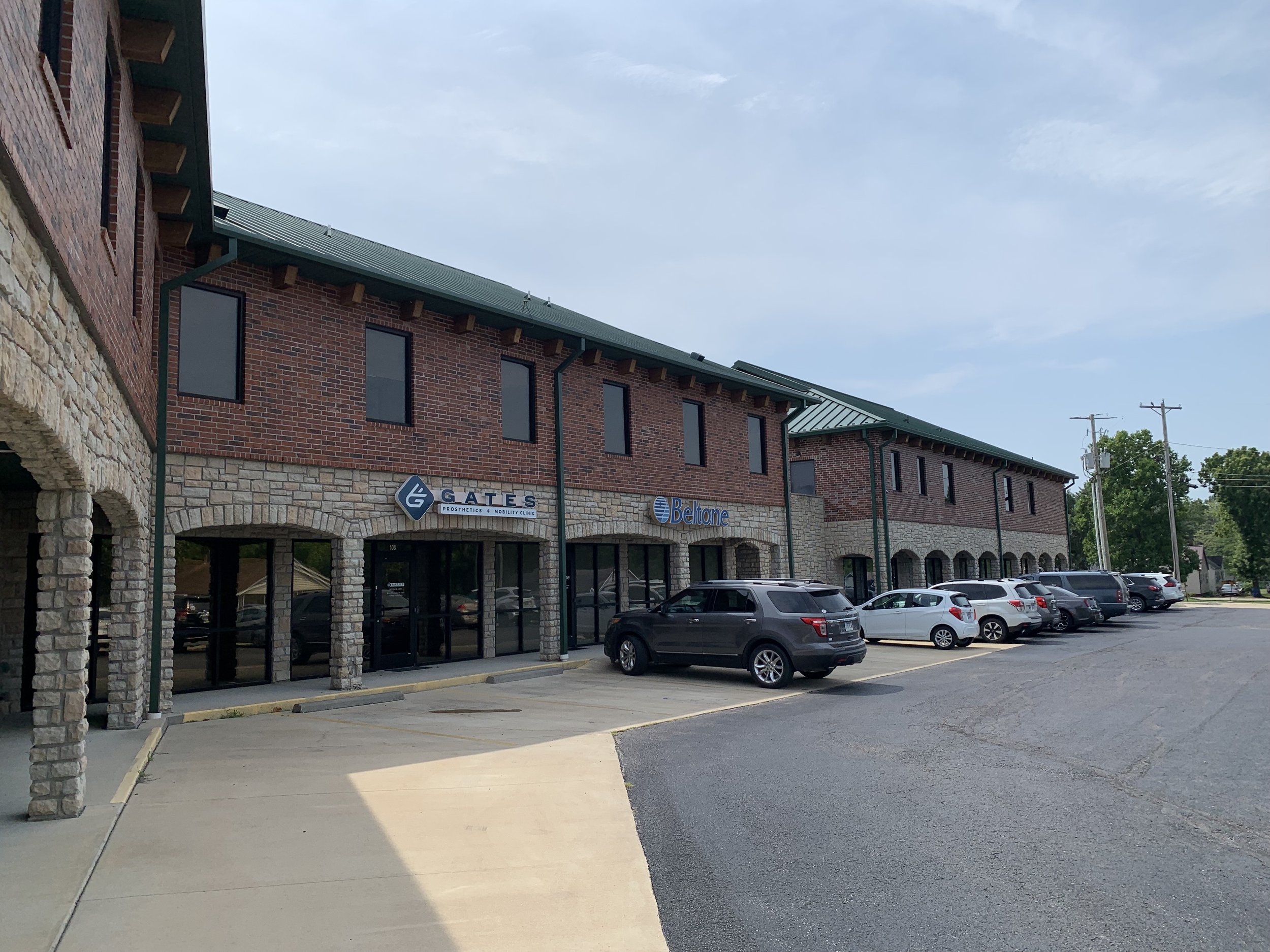FAQ’s
What should I expect when I come to Gates?
Expect to be heard and cared for, most of all, expect that Gates will accommodate your needs and expectations to the best of their ability.
How long does it take to get used to ambulation with a prosthesis?
The process is different for everyone and your starting point on strength, flexibility, and comorbidities. For some this is immediate, for others it may take several weeks or months of work with a physical therapist. Working closely with your prosthetist to ensure proper fit is essential.
What prosthesis is right for me?
We spend time with each patient discussing options that we have found to work best for their presentation and activities.
Can I wear my prosthesis all day?
This is always our goal during design and fitting. A prosthesis is a tool, having it on consistently is ideal for daily tasks as well as maintaining your physical health. For others, doing certain tasks like kneeling or long drives may be more comfortable without your prosthesis.
How should I care for my prosthesis?
Make sure you wash liner daily, and any products in contact with your skin. Keep the prosthesis in a safe place located close to you. Don't submerge your prosthesis in water if it is not built for it. Do not make repairs on your own, there is no charge for office visits or adjustments, so don’t hesitate to come into the office. No Copays!
Can I use my prosthesis in the water?
This can be taken into account regarding the design and fit of the prosthesis. Occasional water use can be navigated with a cast cover. Showering with your prosthesis on is not recommended as you need to be able to wash your residual limb, however it can be used to safely get into and out of the shower.
What is a K level?
K0:
-Weakness or comorbidities prevent a prosthesis from being beneficial to a person's everyday life.
K1:
-Limited use, using a prosthesis to get around your home in short distances and transfers to and from rooms
K2:
-Using a prosthesis to walk around town and basic everyday life. Walking over curbs, up and down ramps, and limited stairs.
K3:
-Using a prosthesis to do more advanced activities in addition to everyday life requirements. This could include jogging, hunting, hiking, going to the gym, or simply the requirements of taking care of your kids and family. Being able to walk at different cadences and over uneven ground.
K4:
-Using a prosthesis for sports or high demand activities. Athletes and highly functional individuals are included.
This information is used both to prove to insurance why you need certain componentry as well as matching you to what will serve you best in your needs.

Patient Education Documents
(Click to view)

